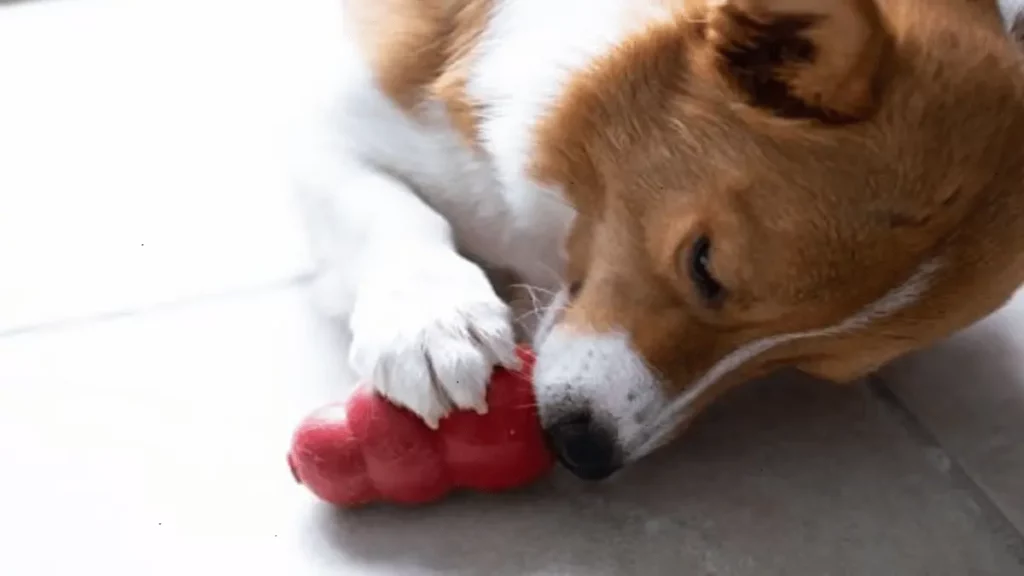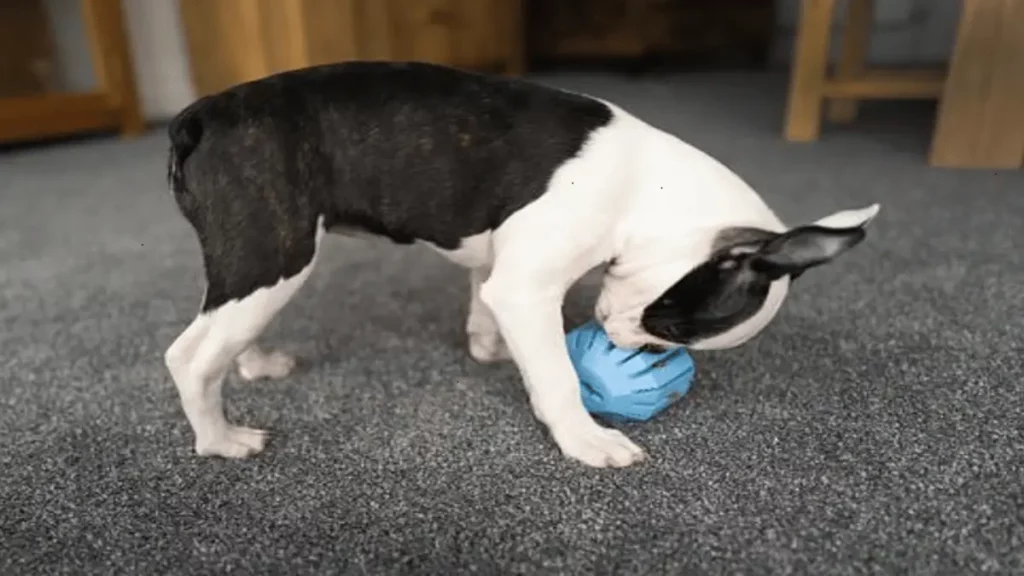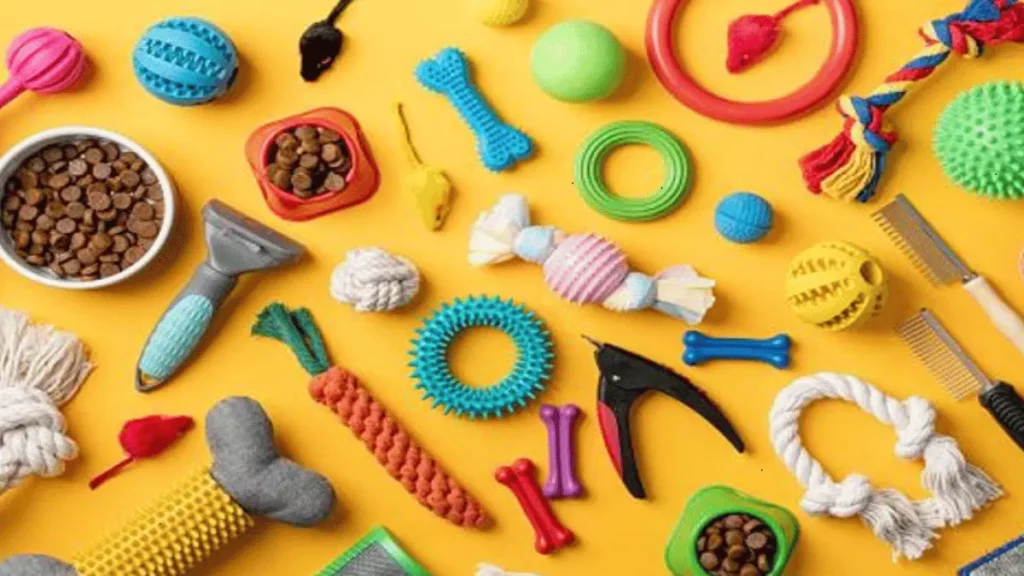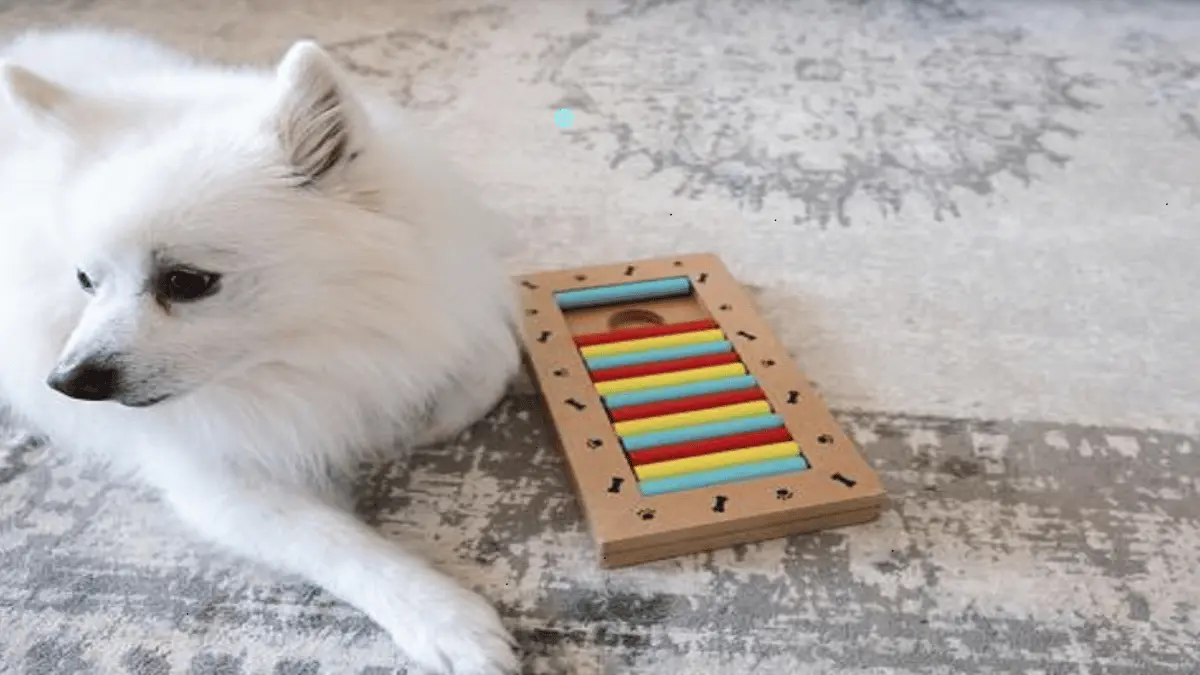The Role of Puzzle Toys in Preventing Boredom and Destructive Behavior in Pets
Learn how puzzle toys can prevent boredom and destructive behavior in pets by providing mental stimulation and engagement.
As a pet owner, it’s heartbreaking to come home to find your favorite shoes chewed to bits, or your furniture scratched beyond repair. These destructive behaviors can often be traced back to one thing: boredom. Pets, much like humans, need mental stimulation to stay happy, healthy, and well-behaved. When they lack sufficient mental and physical activity, pets can become restless, frustrated, and engage in destructive behavior as an outlet for their energy.
One of the best ways to keep your pet engaged is by incorporating puzzle toys into their daily routine. These toys not only provide a fun challenge for pets but also play a crucial role in curbing boredom and preventing destructive behavior.
In this article, we’ll explore the significance of puzzle toys, how they work, and the different types of puzzle toys suited for various pet personalities.
Understanding Boredom and Destructive Behavior in Pets
Boredom is a common issue among pets, particularly those left alone for extended periods. Dogs, cats, and even small animals like rabbits and ferrets can all experience boredom when they don’t receive enough mental stimulation. Without activities to occupy their time, pets can quickly become frustrated, leading to destructive behavior such as chewing, digging, scratching, or excessive barking.
Common Signs of Boredom in Pets:
- Chewing on furniture or household items (dogs)
- Excessive scratching or marking (cats)
- Digging up plants or carpets (dogs, rabbits)
- Excessive vocalization (barking or meowing)
- Pacing or restlessness
Destructive behaviors are often a cry for help. Pets don’t destroy things out of spite; they simply need something to do. Without outlets for their energy and curiosity, pets may resort to behaviors that seem mischievous or problematic to their owners.
Boredom can also have emotional effects on pets. Prolonged boredom can lead to anxiety, depression, and, in severe cases, even affect their overall health. This is why it’s important to ensure your pet has plenty of activities that challenge their mind as well as their body. Puzzle toys are an ideal solution to this problem.
What Are Puzzle Toys?

Puzzle toys are interactive playthings designed to engage a pet’s brain. They require pets to figure out how to access a treat or prize hidden inside, often by moving pieces, pulling levers, or solving a task. These toys stimulate a pet’s problem-solving skills, encouraging them to think, strategize, and focus on the task at hand.
Puzzle toys come in a variety of forms and complexities, allowing owners to choose toys that suit their pet’s cognitive abilities and personality. Whether it’s a simple treat-dispensing ball or an elaborate multi-step puzzle, these toys challenge your pet’s mind and provide hours of entertainment.
Common Features of Puzzle Toys:
- Treat-dispensing mechanics: Many puzzle toys hold treats or kibble, which pets must work to retrieve.
- Interactive components: Puzzle toys often require pets to manipulate different parts to solve the challenge.
- Varying levels of difficulty: Puzzle toys range from beginner to advanced, making them suitable for pets at different skill levels.
How Puzzle Toys Help Prevent Boredom and Destructive Behavior in Pets

Puzzle toys are more than just a fun distraction for your pet; they play a critical role in preventing boredom and minimizing destructive behavior. Here’s how they work to keep your pet happy and well-behaved:
1. Mental Stimulation
Puzzle toys challenge your pet’s cognitive abilities, forcing them to think through a problem and find a solution. This mental stimulation is crucial for preventing boredom, especially for intelligent breeds like Border Collies, German Shepherds, or even Bengal cats, which require regular brain workouts to stay content. The process of solving the puzzle engages their problem-solving skills, giving them a sense of accomplishment once they succeed.
2. Physical Exercise
In addition to engaging their minds, many puzzle toys also encourage physical movement. Whether it’s rolling a treat ball around the house or pawing at a puzzle board, pets must exert effort to reach their reward. This combination of mental and physical activity tires them out more effectively than either activity alone, making them less likely to engage in destructive behavior due to pent-up energy.
3. Encourages Independent Play
Pets, particularly dogs and cats, can become very dependent on their owners for attention and playtime. Puzzle toys promote independent play by giving pets a solo activity that holds their attention for extended periods. This is particularly helpful for pet owners who work long hours or are unable to provide constant interaction. A well-designed puzzle toy can keep your pet busy and happy, even when you’re not home.
4. Reduces Anxiety and Stress
Boredom often leads to anxiety in pets, especially when they’re left alone. Puzzle toys offer a positive outlet for stress by engaging their natural instincts, such as hunting for food or solving problems. For dogs with separation anxiety or cats prone to excessive scratching, puzzle toys can provide comfort and distraction, keeping their focus on the challenge rather than their stress.
Types of Puzzle Toys for Different Pets Personalities

Not all puzzle toys are the same, and it’s important to pick the right one for your pet based on their personality and likes. Here are different types of puzzle toys for different pets:
Treat-Dispensing Toys
These toys are great for pets who love food. They release small amounts of food as the pet plays with them, encouraging them to keep playing. Dog treat dispenser are especially beneficial for dogs who love to eat but also need exercise and mental stimulation. Cats and rabbits can also enjoy similar toys that release their favorite snacks or kibble.
Multi-Step Puzzle Boards
If your pet is curious and enjoys a challenge, these toys are perfect. They often have levers, sliding pieces, or rotating parts that pets must figure out to get to the treats. They’re great for smart dogs and cats, as well as smaller pets like ferrets and guinea pigs who like figuring out how to reach their food.
Chewable Puzzle Toys
Many dogs and some cats love to chew. Puzzle toys that combine chewing with a mental challenge are perfect for them. These toys are made of strong materials and often have treat dispensers inside. They satisfy your pet’s need to chew and keep them mentally engaged.
Motion-Based Toys
Pets with a lot of energy will love toys that move and react to them. Toys that roll, bounce, or wobble keep pets entertained and often dispense treats as they move, encouraging pets to chase and play while also challenging their minds.
Conclusion
Puzzle toys are an invaluable tool for pet owners looking to prevent boredom and curb destructive behavior. By providing mental stimulation, encouraging physical activity, and promoting independent play, these toys offer a holistic solution to many common behavioral issues in pets.
Whether you have a curious cat, a playful pup, or a small critter, there’s a puzzle toy out there that’s perfect for your pet’s personality. With the right puzzle toys in their routine, your pet can stay entertained, mentally sharp, and, most importantly, happy.
Investing in a few high-quality puzzle toys not only keeps your pet occupied but also improves their overall well-being. After all, a mentally stimulated and engaged pet is far less likely to act out or cause chaos around the house. So, the next time you notice signs of boredom in your furry friend, consider giving them a puzzle toy—they’ll thank you with good behavior and wagging tails.


